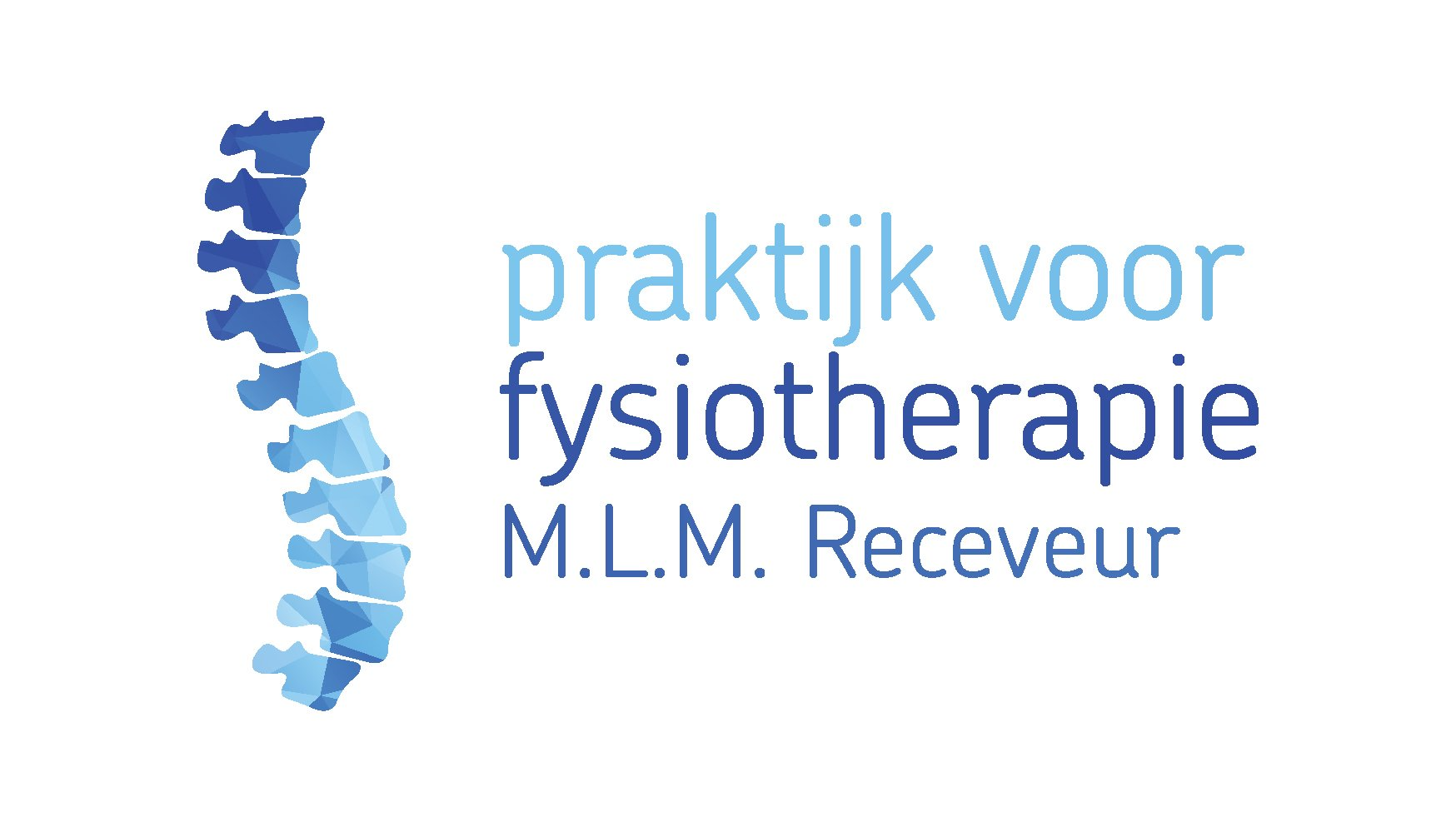Pelvic physiotherapy
Pelvic physiotherapy is dedicated to examining and treating individuals experiencing discomfort in the abdominal, pelvic, and lower back regions, applicable to women, men, children, and the elderly. The interplay between the pelvis, ligaments, pelvic floor, and pelvic organs is significant, as issues in one area can swiftly affect another. Pelvic physiotherapists guide patients in identifying and strengthening the pertinent muscles surrounding the pelvis, occasionally utilizing specialized equipment. They are also qualified to conduct internal examinations when required.
Pelvic floor
Pelvic complaints
Pelvic physiotherapy is physiotherapy for pelvic complaints such as:
- Accidental loss of urine or stools;
- uncontrollable urge to urinate or defecate;
- difficulty in passing stools; prolapses of the bladder, uterus, or intestines;
- pain in the lower abdomen, prostate, around the anus or genitals;
- pain during intercourse related to the pelvic floor;
- erection problems;
- guidance during lower abdominal surgeries;
- pelvic pain during and after pregnancy and childbirth;
- guidance during pregnancy and childbirth;
- post-prostate surgery guidance;
- skin conditions like lichen sclerosis,
- among others.
Sexology
Pregnancy and after childbirth
coccyx pain (NIMOC)
Triggerpoints
- Local pain in a muscle with or without eradiation,
- Limitation of movement and/or stiffness,
- Decreased strength when contracting the muscle,
- Pain and pain avoidance behavior.
- Sometimes also reactions such as sweating, dizziness, light-headedness, blurred vision, shivering or cold hands.
- Due to a wrong movement or an accident
- Due to prolonged incorrect posture or overload
- Prolonged overload with the common problem of neck and arm complaints (RSI, CANS)
- Overload in athletes
- Tissue damage such as a meniscus injury or a hernia
- Prolonged absence of movement, e.g. due to plaster casts
- Psychological factors such as stress, depression , restlessness and fatigue.
- Foot deformities or differences in leg length (e.g. after a bone fracture)
- Chronic infections and allergies
- Sleep deprivation
Dry Needling
Sylo-Pen
For patients who are afraid of needles, such as in dry needling, we can also use the Sylo pen. The Sylo pen is a tool that helps make muscle and connective tissue structures in the body more supple and less painful directly.
The Sylo pen can assist the physiotherapist in treating muscle and connective tissue issues, such as myofascial trigger points, scar tissue, and fascia. It accelerates muscle pain recovery. The Sylo pen is applied on the skin and does not pierce the skin.



